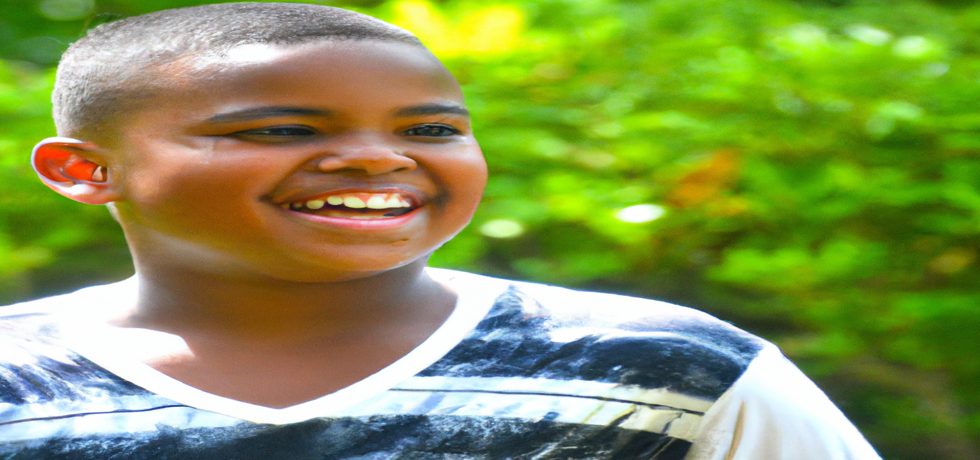
The Genetic Puzzle: X-Linked Ichthyosis Explained
Understanding X-Linked Ichthyosis
If you have ever heard the term X-linked ichthyosis, you might be wondering what it entails. This genetic condition impacts the skin, causing it to become dry, thickened, and scaly. Let’s delve deep into this genetic puzzle, exploring its causes, symptoms, and the best ways to manage it. Understanding X-linked ichthyosis is crucial, especially for those affected or those who think they might be at risk.
What Causes X-Linked Ichthyosis?
X-linked ichthyosis is primarily caused by mutations in the STS gene located on the X chromosome. This genetic condition affects the skin’s ability to shed dead skin cells effectively, leading to the accumulation of scales. Since the condition is X-linked, it predominantly affects males, while females can be carriers without showing significant symptoms. Understanding the genetic roots will help in recognizing its patterns and implications in families.
Symptoms and Diagnosis
Individuals with X-linked ichthyosis often exhibit symptoms in early childhood. The most common signs include dry, thick, and scaly skin that may appear around the eyes, on the hands, and on the feet. If caught early, dermatologists can make a definitive diagnosis through clinical examination and genetic testing. It is vital for observers to seek early intervention to enhance the quality of life for those affected by this condition.
Management and Treatment
While there is no cure for X-linked ichthyosis, there are effective management strategies to improve skin health. Moisturizers play an essential role in this, promoting hydration and reducing flaking. Incorporating effective skincare routines that include gentle exfoliation can also be beneficial. Dermatologists recommend a tailored skincare plan, which can significantly alleviate symptoms.
Living with X-Linked Ichthyosis
Living with X-linked ichthyosis can be challenging, but with the right approach, individuals can lead fulfilling lives. Staying informed about the condition and establishing a robust skincare routine are essential steps. Encouragement and support from family and friends further play an important role in managing the emotional aspects of this genetic condition. The knowledge that professional assistance is available can alleviate some of the concerns faced by those affected.
Conclusion
In conclusion, while X-linked ichthyosis is a genetic condition with its challenges, understanding and managing it can lead to improved outcomes. If you or someone you know is dealing with symptoms related to this condition, reaching out for expert advice is crucial. The right guidance and treatment can change lives.
FAQs
Q: Is X-linked ichthyosis hereditary?
A: Yes, X-linked ichthyosis is inherited in an X-linked recessive pattern, meaning it is primarily seen in males and can be passed from carrier mothers.
A: Yes, X-linked ichthyosis is inherited in an X-linked recessive pattern, meaning it is primarily seen in males and can be passed from carrier mothers.
Q: Can X-linked ichthyosis be cured?
A: Currently, there is no cure for X-linked ichthyosis, but effective management strategies can significantly reduce symptoms.
For professional assistance and expert advice from leading dermatologists like Dr. Hital Patel, experience the benefits of The Genetic Puzzle: X-Linked Ichthyosis Explained with Hair & Skin Specialist Dr. Hital Patel at The Skin Artistry. Our clinics in PDPU Gandhinagar, Vastrapur Ahmedabad and Hyderabad offer top-quality care and personalized treatments. Visit us today to learn more about our services and take advantage of our special offers! For more insights, updates, or to collaborate, stay connected with The Skin Artistry.

